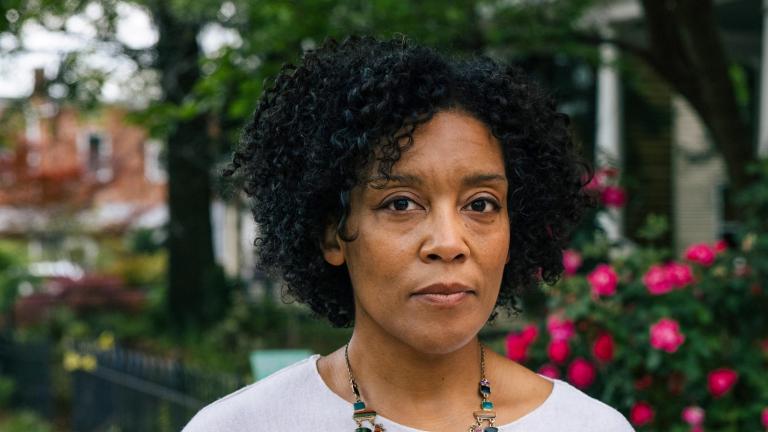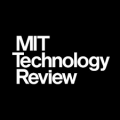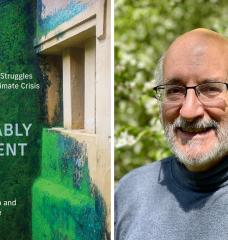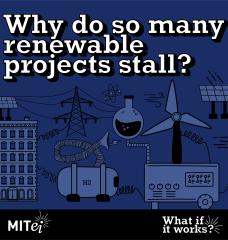
The Wi-Fi signal is weak outside the Frederick Douglass National Historic Site in Anacostia, a historic African-American section of Washington, DC. The abolitionist leader’s former home sits serenely atop a grassy hill in the otherwise bustling neighborhood. It is one of Monica Sanders’s final stops on an overcast December afternoon. Facing the property, she holds her iPhone out to measure Wi-Fi speeds. The readings flutter between single and double digits before settling on a final result: 10.8 megabits per second (Mbps) download and 8.23 Mbps upload. Much faster than dial-up, to be sure. But these speeds fail to meet the Federal Communications Commission’s minimum to qualify as broadband service, despite the multiple free municipal Wi-Fi access spots in the area.
Sanders, an adjunct professor of law at Georgetown University, isn’t just checking Wi-Fi speeds. She’s drawing connections between a host of indicators at the intersection of internet availability, environmental risk, and historical racial inequity. The findings will be added to a report that Sanders and her colleagues are assembling for the Undivide Project, a nonprofit she launched in 2022. The organization conducts research pro bono for communities to help them document evidence of the digital divide—the gap between areas with and without adequate internet access—as well as the root causes and linked effects of this discrepancy.
So far, her findings in Anacostia fit a pattern Sanders has noticed walking around low-income majority-minority neighborhoods throughout the US: a lack of internet access mirrors other inequities. In neighborhoods shaped by racism and insufficient infrastructure investment, among other structural choices, residents can face disproportionate risk from climate change, affecting everything from flood vulnerability to the ability to get disaster warnings.
This is what researchers call “cascading risks,” she says. “How do we understand what’s going on with internet speeds?” What are “the legal and social as well as geographical reasons why there’s no coverage in some places?”
After she records the Wi-Fi numbers, she checks the temperature: 46.9 °F. Then, as she did at a series of sites earlier that day—outside the Anacostia train station, a local charter school, and an under-construction hospital, to name a few—she lifts her cell phone and snaps a photo of the scene to help with the record-keeping.
Exclusionary practices like redlining, which long restricted access to loans and suppressed home values in many majority-minority neighborhoods, have created generational inequity throughout the United States. Though redlining was banned decades ago, these areas are still more likely to be economically depressed, and their public services are more likely to be underfunded. Sanders believes the digital divide is another artifact of these policies. So are the additional difficulties communities may face in weathering the threats posed by extreme heat, flooding, and other hazards intensified by climate change.






